The Rewilding Romania team have signed partnership agreements with Retezat and Domogled-Valea Cernei National Parks. This will support scaled-up rewilding efforts across more than 105,000 hectares of additional land.
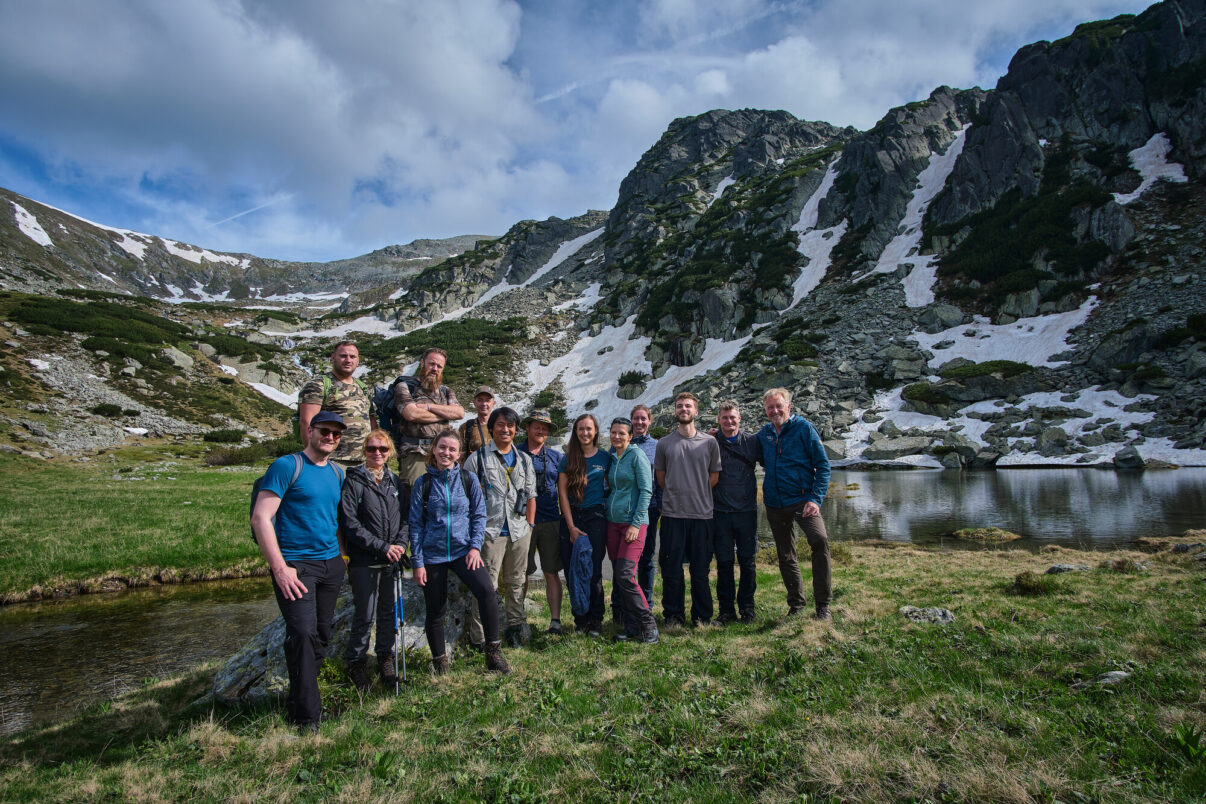
Next level rewilding
Between 2014 and 2023, Rewilding Europe and WWF Romania translocated nearly 100 European bison to Romania’s Țarcu Mountains – a part of the Southern Carpathians rewilding landscape where wild bison had been absent for at least 250 years. Based on a genetic study carried out in 2022, the current population of bison is estimated at around 180 individuals, with a range of more than 370 square kilometres. If it continues expanding at a similar rate, the population is expected to number between 350 and 450 individuals by 2030.
With the free-roaming bison now thriving, rewilding in the Southern Carpathians moved up a level in 2023, with Rewilding Romania team taking steps to expand their efforts and impact across the landscape and beyond. The team’s broader agenda now encompasses more than simply bison-related work, although the bison remains a flagship species for rewilding efforts.
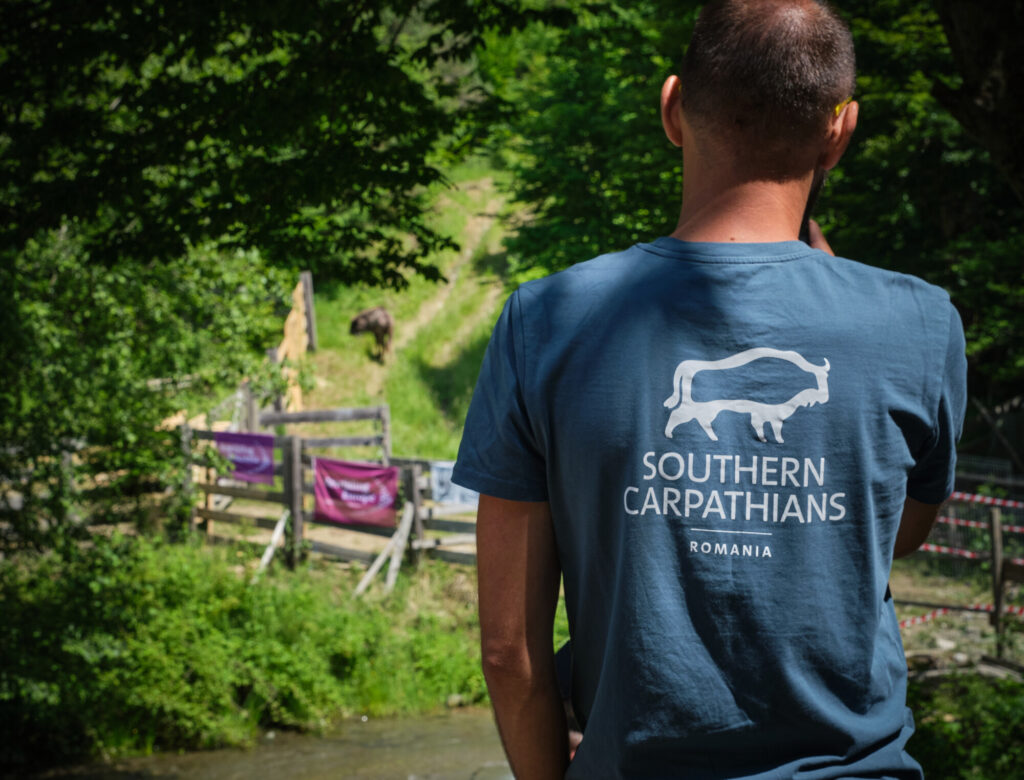
Partnership progress
In February 2024, as part of this broader agenda, Rewilding Romania signed partnership agreements with both the 43,000-hectare Retezat National Park, and the 62,000-hectare Domogled-Valea Cernei National Park, which are located to the north and south of the bison release site. The new agreements – which will support rewilding efforts across more than 105,000 hectares of additional land – will enhance cooperation, ensure the growing bison herds can continue to increase their geographical range safely, and allow the partners to explore opportunities for scaling up wildlife comeback beyond bison.
“The partnership with Rewilding Romania will provide us with valuable resources, expertise, and support in our work to promote biodiversity,” says Acimov Zoran, Director of Retezat National Park. “By working together, we can better manage habitats, monitor wildlife populations, and implement measures that benefit both wildlife and local communities.”
“Rewilding offers a visionary perspective on restoring and revitalising ecosystems by reintroducing native species, restoring habitats, and promoting ecological processes. We believe that rewilding can play a pivotal role in addressing biodiversity loss, potentially mitigating the impacts of climate change, and creating opportunities for sustainable development.”
A plan of work for both parks has already been agreed. The Rewilding Romania team are aiming to set up 60 camera traps in Retezat National Park in May 2024 – and later in Domogled-Valea Cernei – which will provide a better idea of the existence and abundance of wildlife in both parks, and help to inform rewilding measures moving forwards.
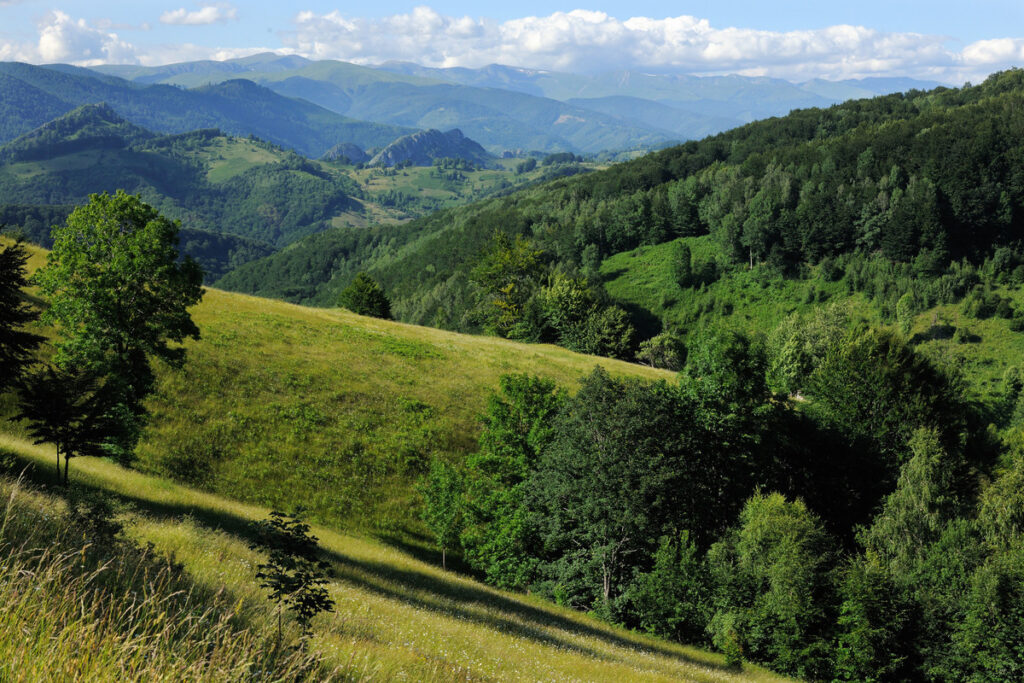
Room to roam
As the free-roaming bison population in the Southern Carpathians increases in size and range, herds are already moving in the direction of both Retezat and Domogled-Valea Cernei National Parks. In September 2023, when a group of eight bison crossed into the latter and were caught on camera trap, their arrival was welcomed by park authorities. The Rewilding Romania team also saw one of the male bison translocated to the landscape in 2023, together with bison already in the landscape, travel 20 kilometres to the north of the release site, in the direction of Retezat National Park. At the current rate of expansion, the team expect bison herds to cross over into this park within two to three years.
The Rewilding Romania team are working to identify natural corridors between the area where the bison are currently roaming and both national parks, to predict where bison will move through the landscape in the future, and ensure they are able to move safely.
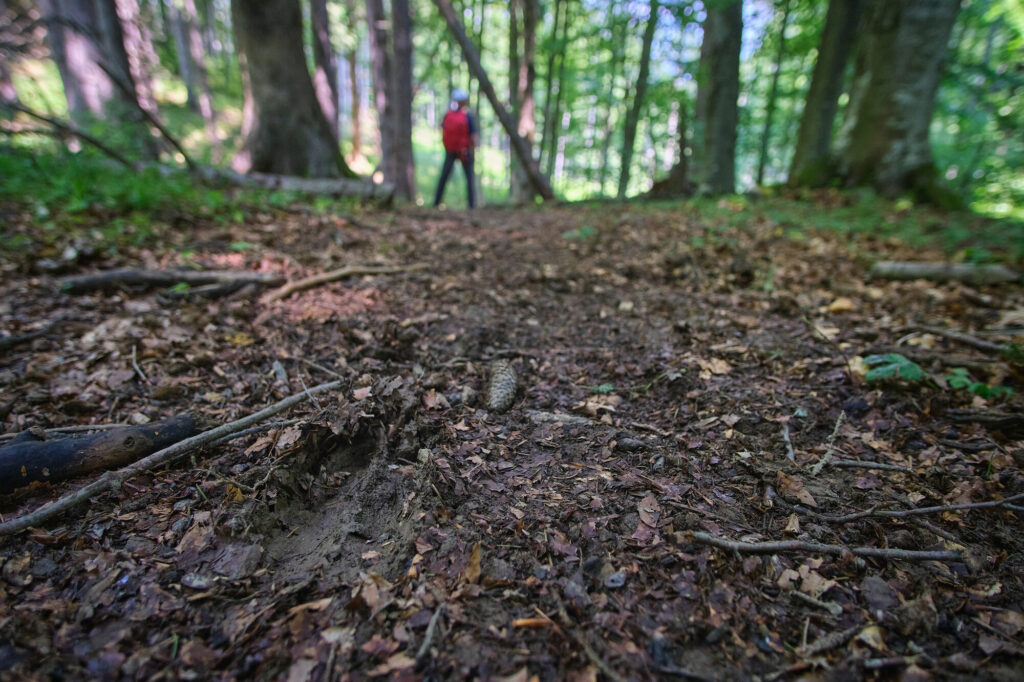
Vulture comeback
Romania was home to significant vulture populations until the first decades of the twentieth century. All four European vulture species – griffon, cinereous, Egyptian, and bearded – are reported to have existed in the country, but factors such as habitat loss, declining availability of prey, and deliberate persecution led to their decline and eventual disappearance.
Following visits to both Domogled-Valea Cernei and Retezat National Parks by the Rewilding Romania team and a vulture expert in late 2022, the former was selected as the best place for Romania’s first-ever griffon vulture reintroduction programme, with suitable habitat for nesting and good availability of natural carcasses. A potential site for a pre-release acclimatisation aviary in Domogled-Valea Cernei has now been identified and the necessary building permits should be obtained by the end of 2024. The team expect to start releasing griffon vultures in 2025.
“The new partnership with Rewilding Romania will enhance conservation in Domogled-Valea Cernei National Park, with both parties sharing an interest in vulture reintroduction,” says park director Gașpar Ioan. “As a keystone species, griffon vultures will benefit other species by helping to maintain and enhance the health of the landscape and limiting the spread of disease.”
“Reintroducing these iconic and ecologically important birds will represent another step forward to realising a healthy and resilient landscape governed by natural processes,” says Rewilding Romania Executive Director Marina Drugă. “It will also boost the appeal of the Southern Carpathians as one of Europe’s best nature-based tourism destinations, which will have a positive socio-economic impact on local communities.”
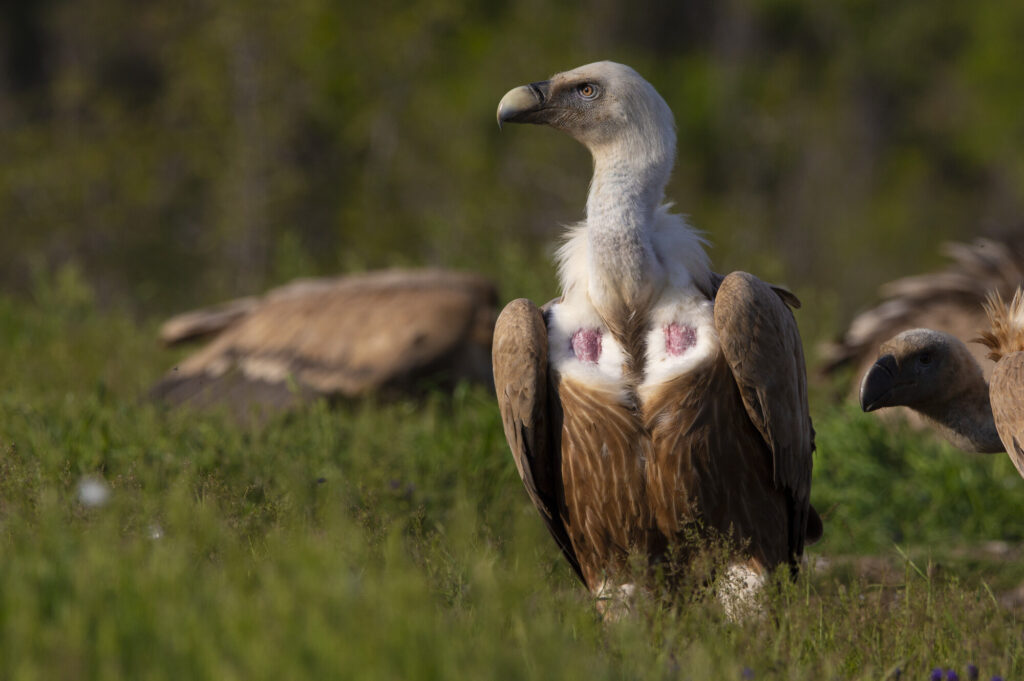
Education and enterprise
The Rewilding Romania team also stepped up their enterprise and engagement efforts in 2023. The team sponsored and carried out promotional activities at two marathons, which helped to bring many local communities together and spread the message about rewilding. They began collaborating with accommodation owners, souvenir producers, and a local museum, as well as manufacturers of local products, such as preserved foods and dishes made according to local recipes. And they also organised a number of educational events in schools, as well as a week-long junior rewilders camp, with a comprehensive educational programme planned for 2024.
“We spent much of the year making Rewilding Romania and rewilding better known and understood across the landscape,” says Paula Bora, the Rewilding Romania enterprise officer. “We focused on understanding the needs of local communities, and how rewilding and the recovery of nature could benefit them.”
“By empowering locals with knowledge and involving them in conservation activities, we can create a more sustainable and harmonious relationship between humans and nature,” says Acimov Zoran. “Through our partnership with Rewilding Romania, we aim to establish a best-practice model that showcases the positive impact of collaborative efforts on conservation, ecosystem health, and socio-economic development.”
